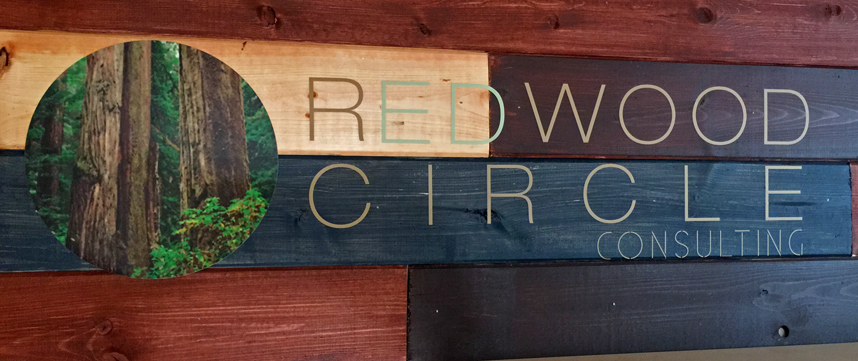We all know the pain points when our talent practices aren’t working: difficulty filling positions, increased staff turnover and burnout, low staff morale, and overarching downgrading of talent over time as top performers seek employers who have their talent practices in order. And there is a plethora of research outlining the financial implications of these challenges. For example, the price of one employee leaving is estimated at 150% times that employee’s annual salary.
And the implications do not stop there. Who achieves an organization’s goals? People. Who implements an organization’s marketing strategy? People. Who raises money to support an organization’s programs and growth? People. So why wouldn’t everyone have same level of rigor around their talent strategy as they do around marketing and fundraising strategies? Especially when the success of achieving an organization’s mission is so obviously dependent on the people employed there.
Here are five steps your organization can take now to build a talent strategy that is aligned with organizational goals and priorities:
1. Understand what your organization is trying to achieve. This means setting concrete and measurable organization wide goals that the talent strategy can be designed around to support. For example, if your organization is planning on launching a new service or program, the talent team will need to ensure they have talent pools at the ready to fill new openings.
2. Assess your current bench. Do the people in your organization have the skills and experience required to achieve these goals? Or, are you venturing into a new area that requires bringing new expertise into the organization. Maybe your organization is growing in size and complexity requiring a more sophisticated management skill set. The talent team needs to be aware of these changes on the horizon in order to plan for professional development that will prepare staff for the future and to fill certain gaps with new talent.
3. Survey your staff. It is critically important to understand staff engagement. Are people fired up and inspired to give it their all everyday or is a lack of engagement and enthusiasm getting in the way of your organization’s success.
4. Start leveraging data. Data driven decision-making is the anchor for any effective talent strategy. Without it, your organization will be shooting blind at an unknown target. For example, individual staff performance data should inform every single decision your organization makes about talent: who gets promoted, where you invest professional development resources, how you embed strategic succession planning to prepare for future organizational evolution. Market data should inform how much individuals are compensated and how. Engagement data should inform priorities for improvement.
5. Put it all together to inform your talent strategy. Once you know what your organization aspires to achieve, what skill gaps exist in your talent pool, how engaged your staff are, and have concrete data to refer to, your strategy will become clear. Top talent priorities and areas of urgency will rise to the surface. Now, your job will be to translate these into concrete goals, initiatives, and actions that the organization can take to advance talent practices throughout.






